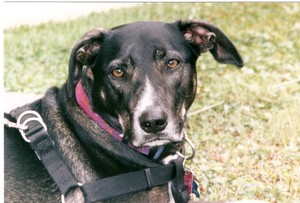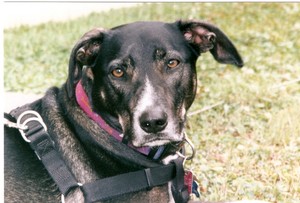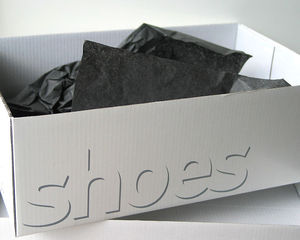Disclaimer: Please do not use this article in place of a veterinarian’s diagnosis.
Pony raced out of the house, licking her lips and gulping frantically. As soon as her feet touched the grass, she vomited up thin white foam. Pony is my British mongrel. Since February of 2006 she vomited up foam nearly every morning. After she vomited, she seemed completely recovered. There were no other symptoms.
Pony was later diagnosed with reflex gastritis or bilious vomiting syndrome (BVS.) The suspected cause was an attack of acute pancreatitis that happened a month previously. According to Holly Nash, DVM, MS, large dogs like Pony that previously experienced inflammatory bowel disease or gastritis are most prone to developing BVS. However, dogs do not have to have previous gastrointestinal disorders in order to begin showing symptoms of BVS.
What Is Going On?
What was Pony vomiting? It was bile. Pony’s stomach was full of bile and it made her stomach so irritated that she had to vomit in order to remove it. Bile is made by the liver to help digest food, especially fats. Bile contains bile acids which help to break down food. Usually, bile is bright yellow but often the foam produced by a dog with BVS will appear white or even pale green.
When Pony slept, the bile flowed to the stomach. Since Pony did not have any food to cushion the impact of the bile acids, she immediately had to vomit upon waking up. After vomiting, Pony often ate grass.
Pony’s stomach had probably become more sensitive after her acute pancreatitis attack. During that attack, she vomited over 13 times a day and could not keep down water by the time she was admitted to an emergency veterinary clinic. Although Pony seemed fine after her ordeal, her stomach was never quite the same again.
Treatment
Fortunately, Pony’s treatment was easy. Since she only vomited bile on a stomach that had been empty for hours, she was given a snack late at night to help cushion her stomach from the bile acids. She still needs this late night snack and an early breakfast or her symptoms will return.
Treatment for bilious vomiting syndrome may not be so simple depending on each dog’s individual condition and health history. If the dog also has a history of gastrointestinal problems, a vet may recommend the dog is diagnosed via an endoscopy or a liquid barium test in order to be sure tumors are not present.
Some dogs may need more than just a late night snack but are not bad enough to warrant an expensive diagnosis. The dog may be put on a nightly dose of a drug to help protect the mucus lining in the stomach. These drugs include cimetidine, ranitidine, sucralfate or ethromycin. If the name cimetidine sounds familiar, that is because it is the active ingredient in the human drug Tagament. Sucralfate is better known as the human ulcer drug Carafate. But never give dogs human medications. Dogs only need a fraction of the dose that humans need.
Resources:
Dog Owner’s Home Veterinary Handbook.” Debra M. Eldredge, DVM, et al. Howell Book House; 2007.
Pet Education. “Causes, Diagnosis and Treatment of Vomiting in Dogs.” Holly Nash, DVM, MS. http://www.peteducation.com/article.cfm?c=2+2090&aid;=3574
DVM360. “CVC Highlights: Don’t miss these commonly misdiagnosed gastrointestinal diseases.” David C. Twedt, DVM, DACVIM; Nov. 1, 2006. http://veterinarymedicine.dvm360.com/vetmed/Medicine/ArticleStandard/Article/detail/385179
Author’s personal experience






